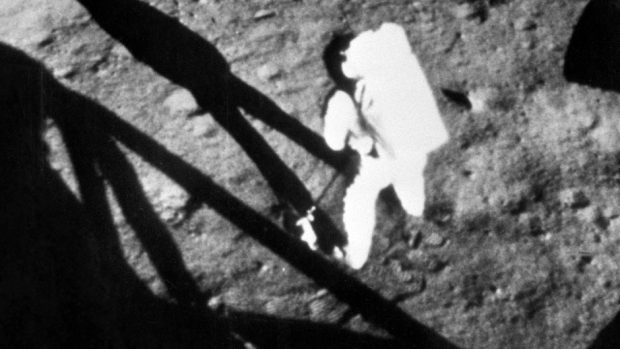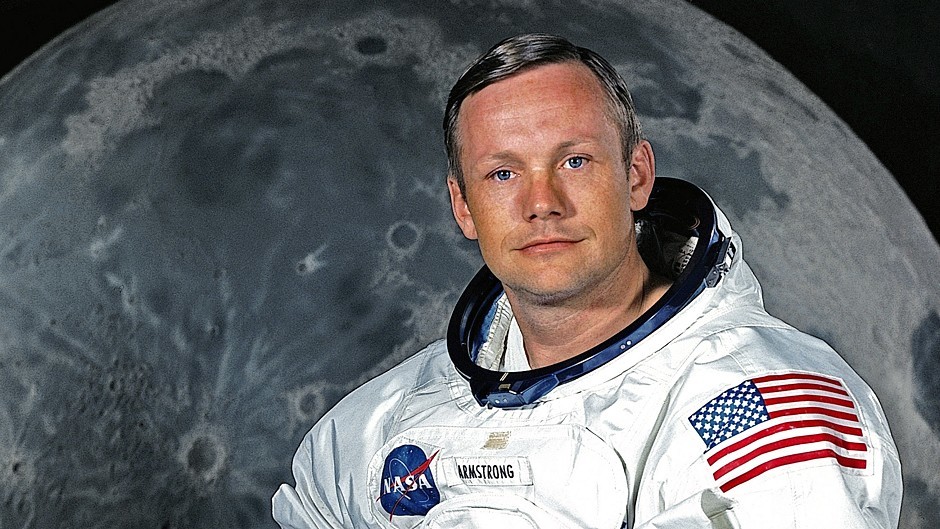It’s 50 years ago this weekend since Neil Armstrong made history by walking on the surface of the Moon in July 1969.
Yet, although his famous words: “One small step for man, one giant leap for mankind”, have entered the annals, he himself was a quietly-spoken soul who never sought the limelight.
He couldn’t escape it, of course. And not just in his homeland, but in Scotland as well.
Because when he was invited to become the first Freeman of Langholm – the Borders community from where his descendants emerged – in 1972, the village’s 2,500 residents were both shocked and delighted when he agreed.
It turned into one of the most momentous occasions in the community’s history.
As Grace Brown, who was depute town clerk at the time, recalled: “We were really quite surprised when he accepted.
“The town council had made the approach because this is Armstrong country and we thought it would be appropriate.
“It turned out that he was coming to Edinburgh to deliver the Mountbatten Lecture, so he could accept and come to Langholm.”
Understandably, the story was the catalyst for a media frenzy, as news spread around the globe. Armstrong was one of the few individuals who had truly gone where nobody else had gone before.
And, despite his reluctance to indulge in soundbites, he couldn’t escape the scrum of photographers and reporters who flocked to Langholm.
Mrs Brown said: “I will always remember one paper, I think it was the Chicago Tribune, who reported it on their front page.
“They had a map of the British Isles, with only two places highlighted – London and Langholm. We laughed about that for a long time.
“We got a tremendous amount of publicity out of it – for years after that, Americans were visiting who were wanting to trace their roots.”
Armstrong himself relished the chance to venture south from Edinburgh and smiled throughout the proceedings.
A local piper had composed a new tune called Commander Neil Armstrong’s Moonstep.
And a special ‘Lunar’ tartan had been commissioned for the once-in-a-lifetime visit.
It was no wonder he described it as one of the most emotional experiences of his incident-packed life.
Hundreds of men, women and children lined the streets to cheer and wave in welcome when he and his wife, Janet Shearon, arrived, even as the band proclaimed him a conquering hero.
There are black and white pictures of Armstrong amid the throng. And he looked genuinely happy to be the centre of attention.
At the ceremony address, he told the audience: “The most difficult place to be recognised is in one’s own home town.
“I consider this, now, my home town.”
But it was still very much another historic journey for the man from Ohio.

